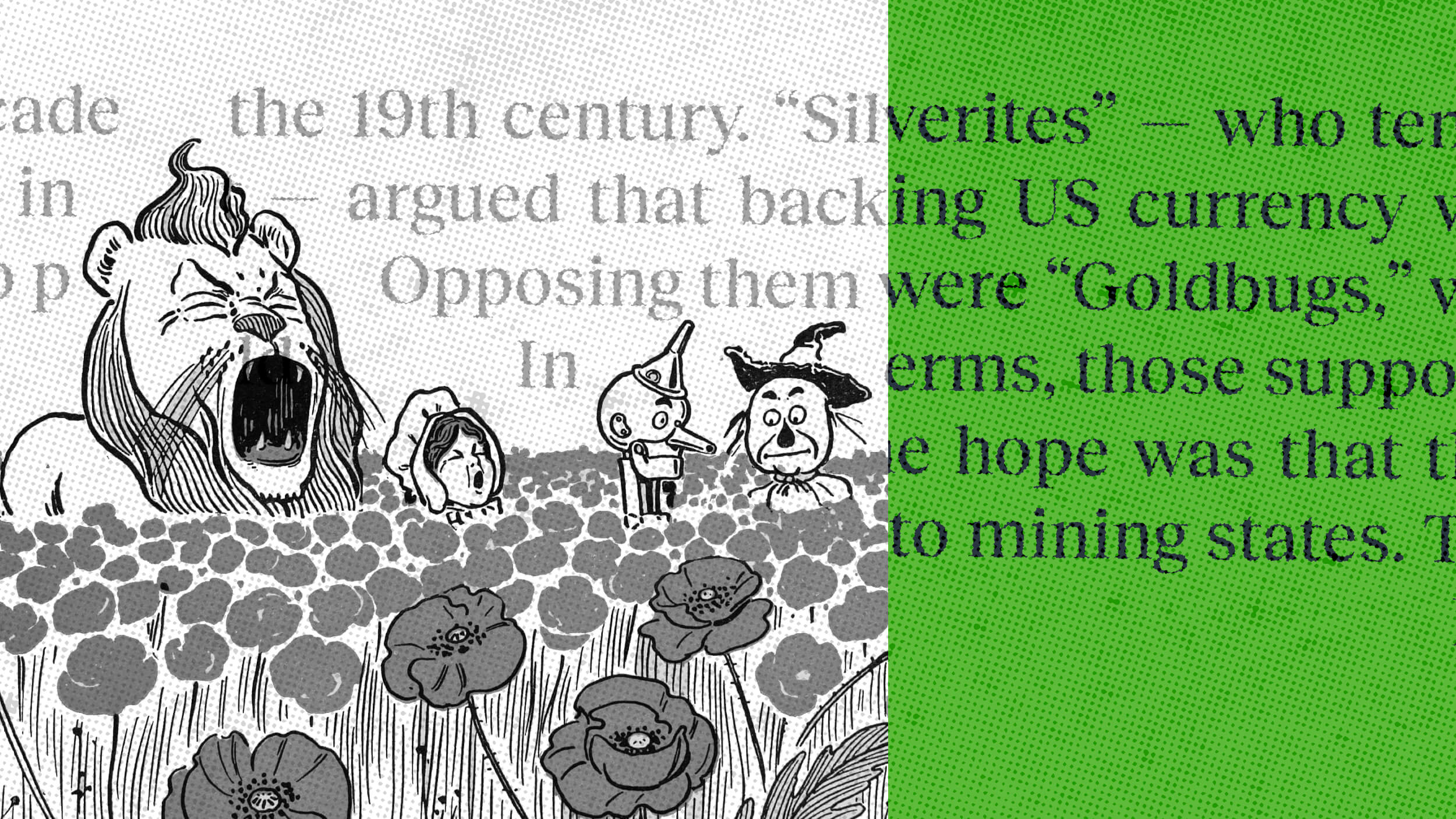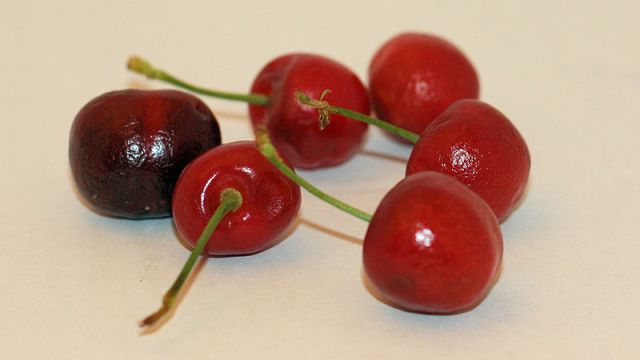The Protest Scarf Comes of Age

Historically speaking, scarves haven’t had a multitude of uses. Other than providing modest covering as a requisite religious dress, they’re primarily used to keep warm and (occasionally) look dapper. But as the use of scarves (particularly of the head variety) has become demonized in parts of the world, the scarf may have inadvertently become a very unlikely tool of protest. Depending on what you’re rallying against, the color of your scarf could mean more than you thought.
In the Western world, head scarves became a politicized issue a few years ago when the French government began instituting plans to ban them in public schools. The controversial decision resulted in worldwide protests, inadvertently making head scarves a political issue that turned the garb into a defiant symbol. While their neckwear counterparts were never considered an expression of protest, the Israeli government feared they would be interpreted as such in 2005 when Indian MP Vijay Jolly attempted to enter the Knesset bearing orange and green scarves, a traditional Indian symbol of bravery. In the United States, head scarves have been ordered removed in courtrooms while simple winter scarves were recently banned from a New York state high school.
It might be from all the marginalization of the past decade or so, but the scarf has suddenly become a popular tool of protest in all realms of society all over the globe. Scarves over the face have been a form of amplifying a political message while staying anonymous for the past few years. But it appears that people are suddenly intent to use them while revealing their faces. As a tool of political protest, the scarf has found an unheard-of utility in Iran, where men have begun donning head scarves as part of the anti-government movement. Anti-government scarves even found themselves around the necks of Iranians in America, where expats protesting last year’s disputed election were seen wearing emerald green scarves. But the western world has also seen a sudden surge in scarf protesting.
Perhaps no scarf protest has gained more national attention than the one taking place in the UK, where fans of the legendary Manchester United football club have taken to protesting the team’s embattled ownership by circulating green-and-gold neckwear as a show of outrage. Granted, scarves aren’t unusual in the world of sports, particularly soccer. But they are usually brandished in unison as a show of support, not as a public outcry.
As the Man U scarf protest gains steam, the use of neckwear as a show of outrage has surged in other parts of the world as well. Anti-abortion protestors in Washington DC recently showed up together wearing neon green scarves while a recent peaceful protest in Reykjavik saw some on hand wearing orange scarves. A recent PETA protest in Ottawa, Canada saw red scarves worn in solidarity. The colors of these scarves might outweigh the importance of the actual scarves in some cases, but it’s hard to deny the evolution of an a-political length of material into a powerful tool of protest.





